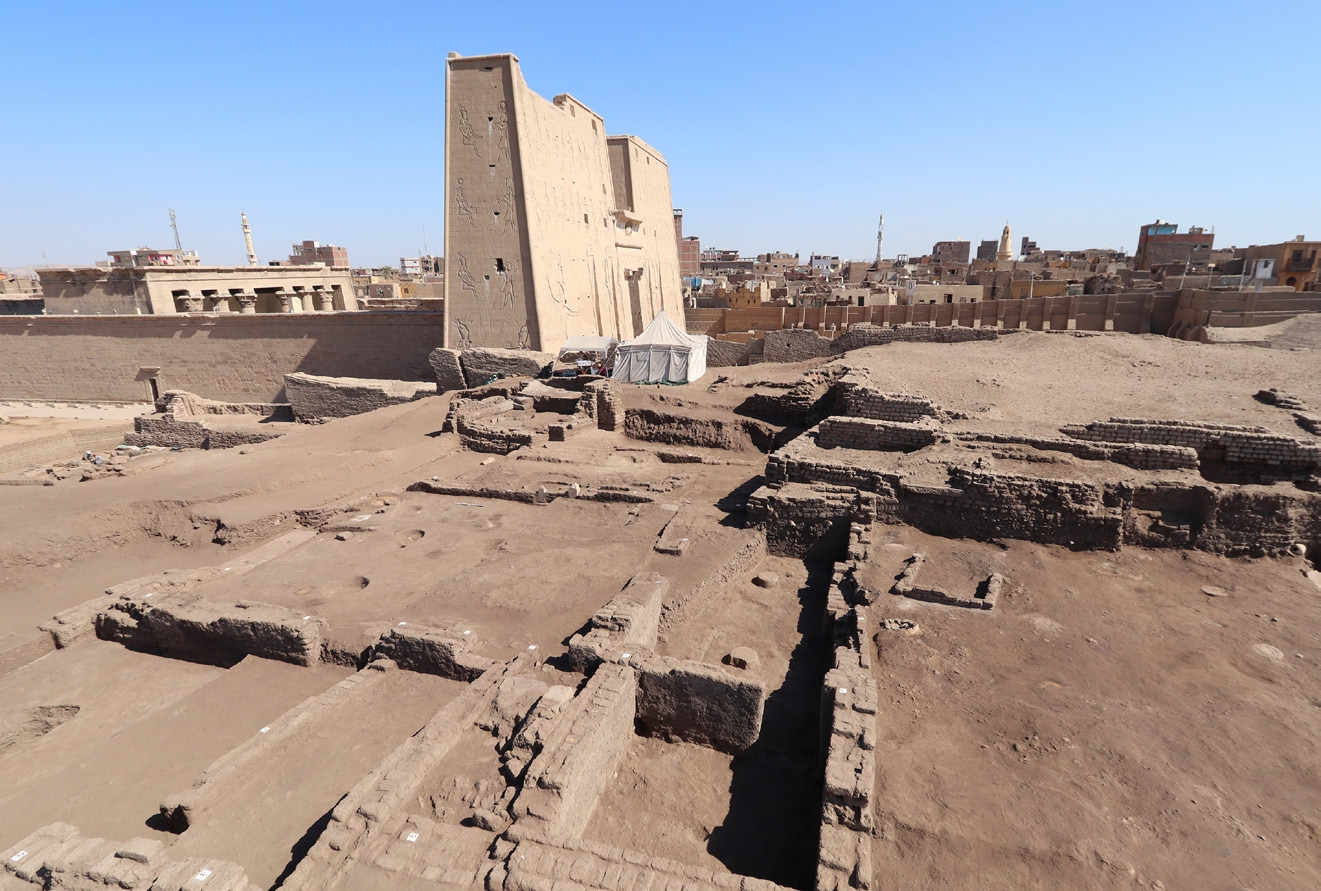Event: FRIDAY SEMINAR: The ancient town of Edfu from the Old Kingdom to the early New Kingdom: New discoveries of the 2017 and 2018 seasons
Event Details

Nadine Moeller
Associate Professor of Egyptian Archaeology
University of Chicago
Abstract:
The ongoing excavations by the Oriental Institute team directed by Nadine Moeller and Gregory Marouard have during the most recent seasons focused on settlement remains dating to the Old Kingdom. Located 20 m to the west of the much later Ptolemaic temple of Horus of Edfu, excavations revealed several phases of domestic installations from the second part of the 6th Dynasty that covered an older administrative complex with several massive mudbrick structures dating to the late 5th Dynasty that had been installed directly onto the natural Nile sand deposits in an area never settled before that date. Based on their size, architectural details and related finds, the two large buildings are of official nature and constitute a newly founded settlement quarter in the ancient town of Behdet (Edfu). Among the finds are more than 220 clay sealings naming king Djedkare-Isesi (late 5th Dynasty, ca. 2434 BC), in addition to official titles that regularly mention a group of specialized workers involved in prospection and mining activities, the so-called sementiu. Additional finds such as numerous pieces of copper ore, important traces of metallurgical activities, Red Sea shells and a significant amount of Nubian ceramics found on the floor levels during the excavation further confirm the link to royal expeditions and mining activities in the Eastern desert areas.
The second area that has been the focus of fieldwork since November 2018 provided new evidence for a vast domestic quarter dating to the beginning of 18th Dynasty. Excavations have focused on a large urban villa of about 400 square-meters, which dates from the early Thutmoside period (ca. 1500-1450 BCE). This building is characterized by several rooms with columns. The largest and main room, a 6-columned hall, contained in one of its corners a well-preserved domestic sanctuary dedicated to the cult of the family ancestors. Numerous elements attesting to the cult activity have been found near a small fire place and offering table, including a very rare example of an ancestor bust and a statuette of a seated scribe


